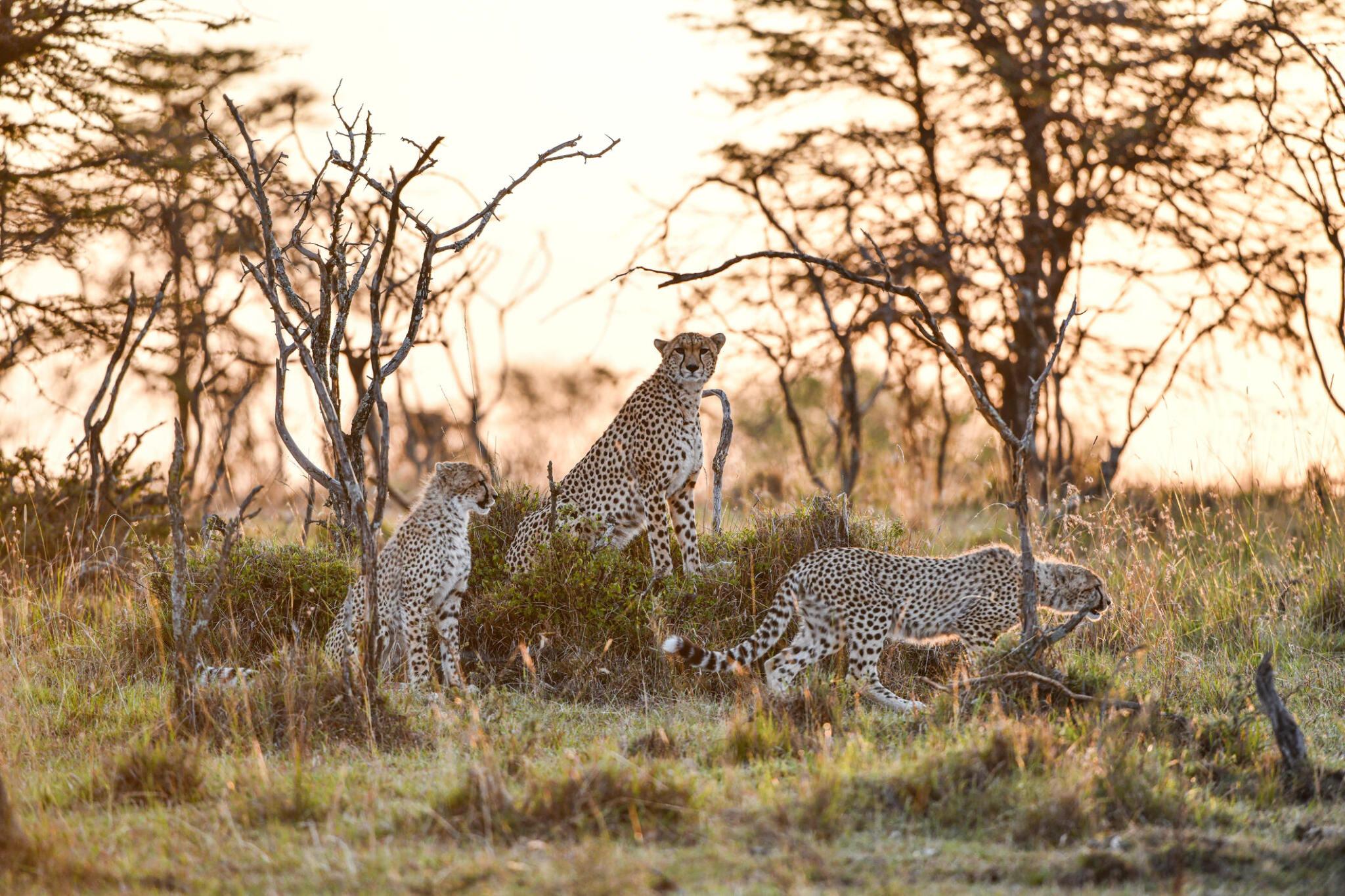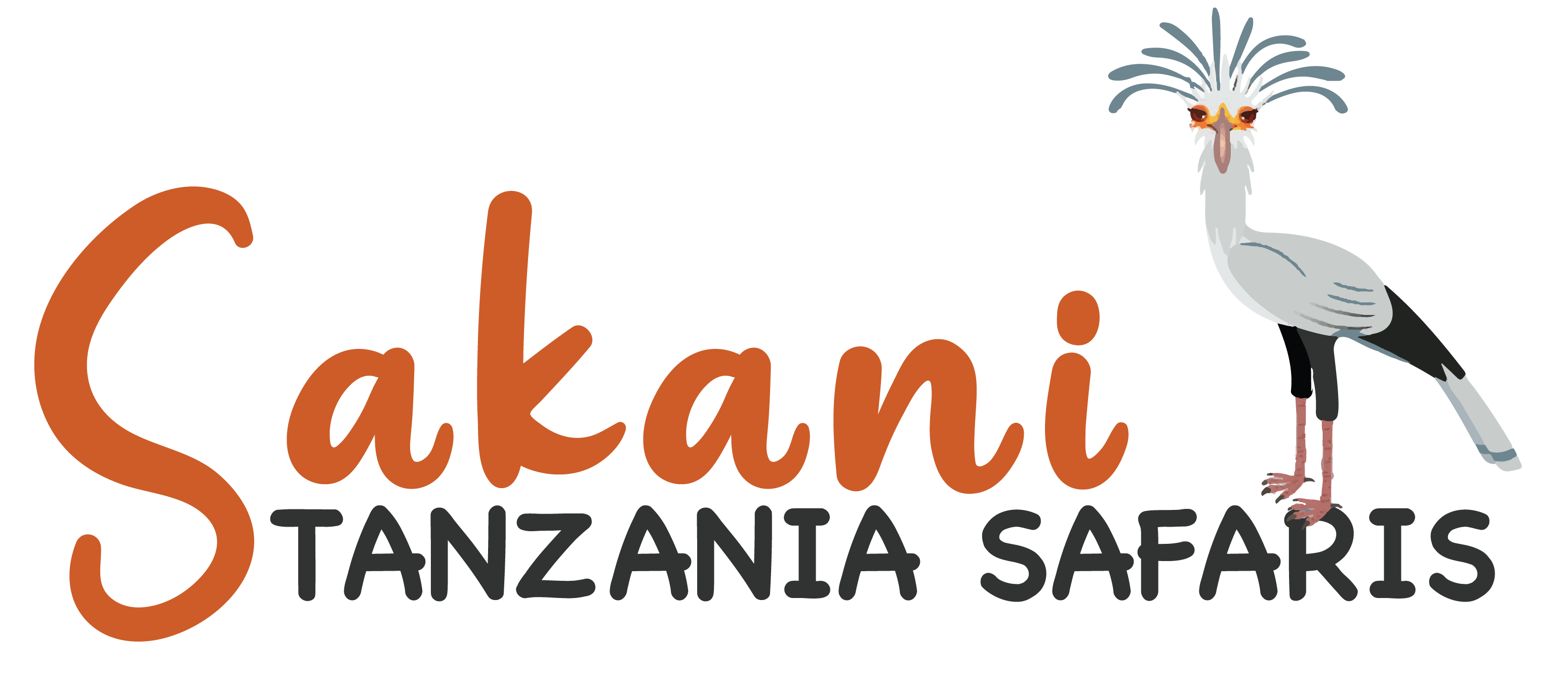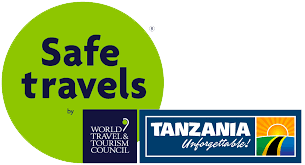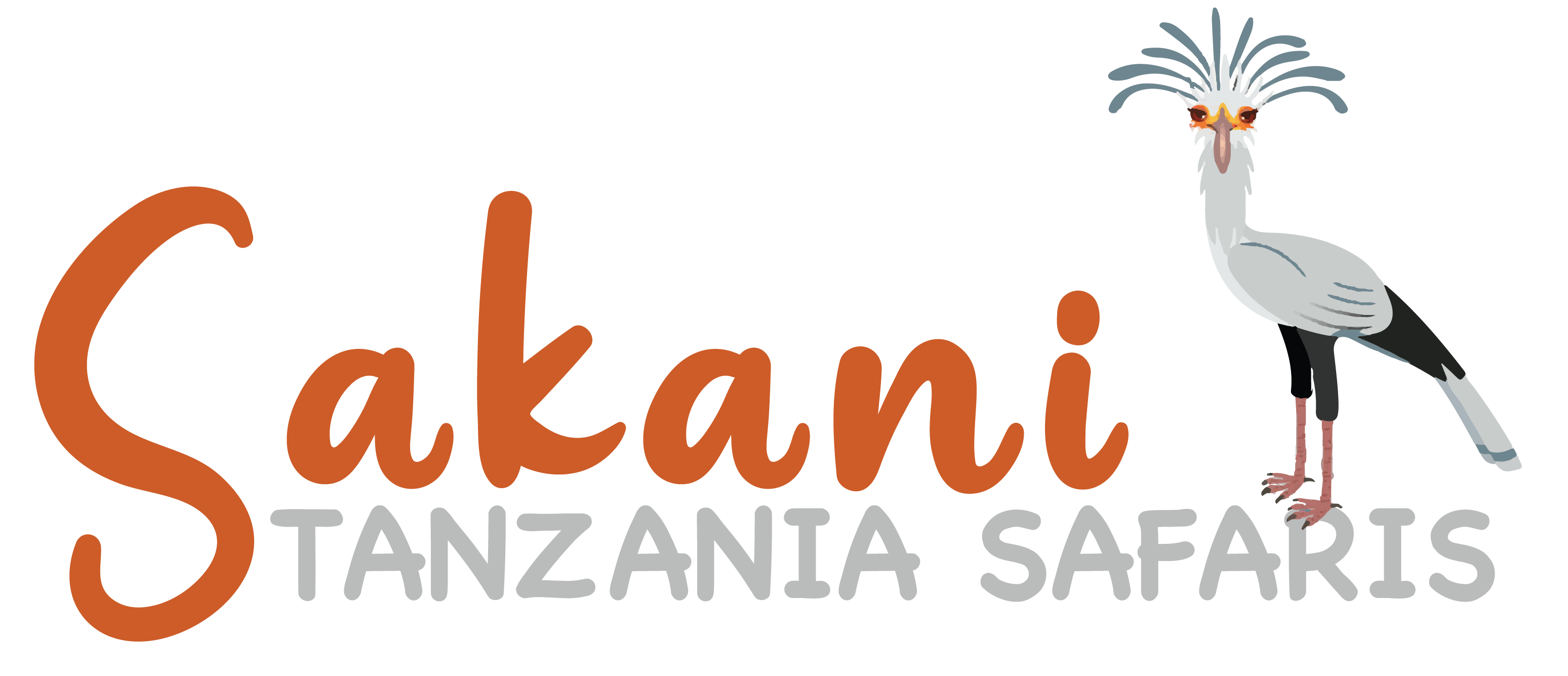Lake Manyara National Park
from $191 /person
- 7-9 Hours
Location and How to Reach:
Lake Manyara National Park is located in northern Tanzania, near the town of Mto wa Mbu. The park is about 126 kilometers southwest of Arusha, which is a common starting point for safaris in Tanzania. The most common way to reach Lake Manyara is by road, either by private vehicle or as part of a guided safari tour. The journey from Arusha typically takes around 2 to 3 hours by car.
Fun Facts:
- Lake Manyara National Park is known for its incredible biodiversity, despite its relatively small size compared to other Tanzanian parks.
- The park is famous for its tree-climbing lions, which are a unique sight in the African savannah.
- Lake Manyara itself is a soda lake that covers a large portion of the park’s area and is home to flocks of flamingos.
- The park is part of the larger Lake Manyara Biosphere Reserve, recognized by UNESCO for its ecological importance.
Tourist Attractions:
- Tree-climbing lions: Keep an eye out for these unique lions lounging in the branches of acacia trees.
- Birdwatching: Lake Manyara is a paradise for bird enthusiasts, with over 400 species of birds recorded in the park.
- Scenic beauty: The park’s diverse landscapes, from dense forests to open grasslands, offer stunning views and excellent opportunities for photography.
- Canoeing: Visitors can explore the shores of Lake Manyara by canoe, getting a close-up view of its resident wildlife, including hippos and water birds.
Best Time to Visit:
The best time to visit Lake Manyara National Park is during the dry season, from June to October, when wildlife viewing is at its best. During this time, animals gather around water sources, making them easier to spot. However, the park can be visited year-round, with each season offering its own unique experiences.
Accommodations:
- Budget: There are campsites available within Lake Manyara National Park for visitors looking for budget-friendly accommodation. These campsites offer basic facilities amidst the park’s wilderness.
- Mid-Range: There are several lodges and tented camps located near the park entrance, offering comfortable accommodation with amenities such as hot showers and dining facilities.
- Luxury: For those seeking luxury accommodation, there are upscale lodges and safari camps situated both within and outside the park boundaries, providing luxurious tents or cottages with gourmet dining and personalized service.
FAQs:
Q: Is it safe to visit Lake Manyara National Park? A: Yes, the park is generally safe for visitors. However, it’s essential to follow safety guidelines provided by park authorities and your safari guide.
Q: What should I pack for a visit to Lake Manyara? A: It’s recommended to pack lightweight, neutral-colored clothing for safari activities, along with sunscreen, insect repellent, a hat, binoculars, and a camera with extra batteries.
Q: Are there any health concerns in the park? A: Malaria is prevalent in the region, so it’s essential to take anti-malarial medication and use insect repellent to prevent mosquito bites. Additionally, stay hydrated and avoid contact with wild animals to minimize the risk of disease transmission.
Q: Can I self-drive in Lake Manyara National Park? A: Yes, self-driving is permitted in the park, but it’s recommended to hire a knowledgeable guide or join a guided safari tour for a more enriching experience and for safety reasons.
These details should provide a comprehensive guide for planning an unforgettable adventure at Lake Manyara National Park!

Subscribe Newsletter $ Get Company News.
SAKANI TANZANIA SAFARIS
- © 2024 Sakani Tanzania Safaris Ltd | All Rights Reserved.








